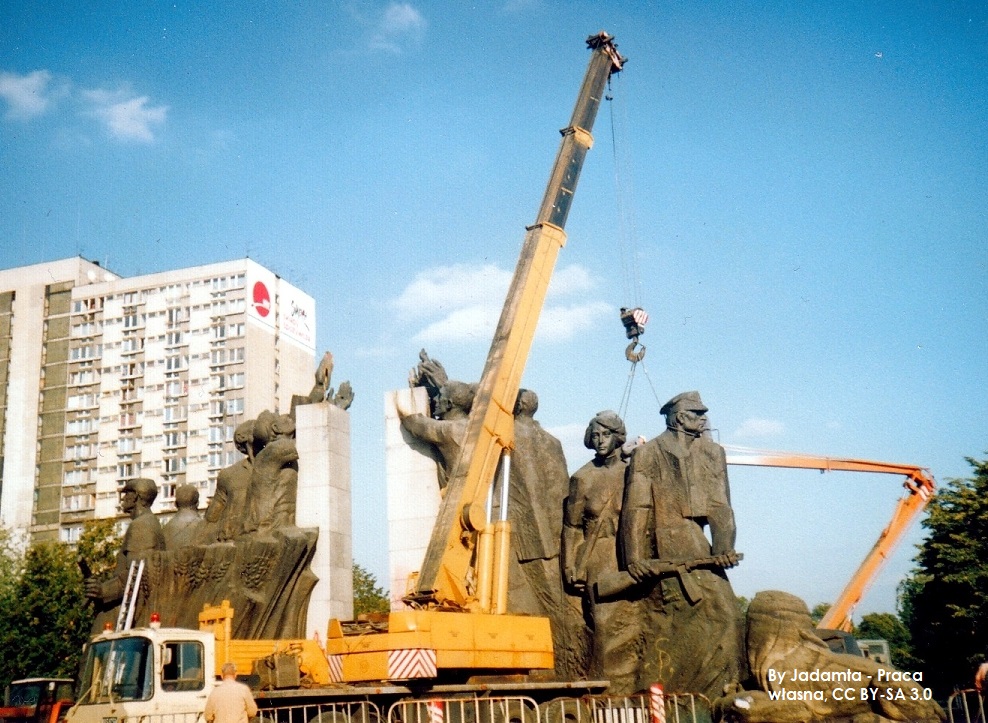
The controversies that currently arises in the US and some Western European countries around monuments depicting former political leaders is an extremely important issue to follow. It says a great deal not only about how much we really know about the past (and thus about the quality of historical education), but also about how we approach commemorating it in public space today.
On this occasion, it is worth letting historians have their say and recommending a text prepared by Dr Tomasz Skonieczny, deputy head of the European Academy, on the subject of monuments, in which he pointed out, among other things: do monuments provoke conflicts?
The creation of monuments and rituals of remembrance, which are held around them, is accompanied by emotions - both positive and negative. This is particularly evident in the case of monuments that take up highly topical and debatable issues - they commemorate controversial figures, events whose course and consequences are not unequivocal - or they are an obvious manipulation of the authorities and tell the past in a false way.
Importantly, certain monuments that are not the site of official ceremonies, or are nearly forgotten, can almost suddenly become the subject of violent disputes. They may be about settling accounts with the past and, referring to the example of Central and Eastern Europe, removing monuments that are perceived by part of the society as symbols of the enslavement of the country by the Soviets. Other emotions may be caused by disputes about the vision of the country's future - where the point of conflict are monuments to politicians or intellectuals who are considered to be supporters of the old system or controversial ideology.
Recent years have provided clear examples of the potential of monuments to trigger conflict. For example, the riots that took place in Latvia in 2007 when the Bronze Soldier monument was attempted to be moved, or the protests of opponents commemorating the leaders of the Civil War, which took place in Charlottesville (USA) in 2017. In both cases, they were wounded and killed.
The most pessimistic scenario is when the disputes around the monument exceed the local or national level. Some conflicts may become international - when the monument brings up issues that are not accepted by another nation (for example, when they commemorate people or organizations that, being heroes for one side, may even be criminals for the other).
The events of the last decade show that such disputes, which are an expression of a lack of understanding of the past and differences in remembrance, can be a threat to peaceful coexistence. It is enough to mention such conflicts of memory as Polish-Ukrainian, Hungarian-Romanian or Greek-Macedonian, as well as arguments between the countries of the former Yugoslavia.
The full text about the monuments - why are they built for, how they tell the story and what do we learn from them - can be found on the website of the international project Monuments of Remembrance 1918-2018, implemented by the Krzyżowa Foundation.
On that page there is also a guidebook for dealing with monuments in the field of education, containing methodological tips and exemplary lesson scenarios.



